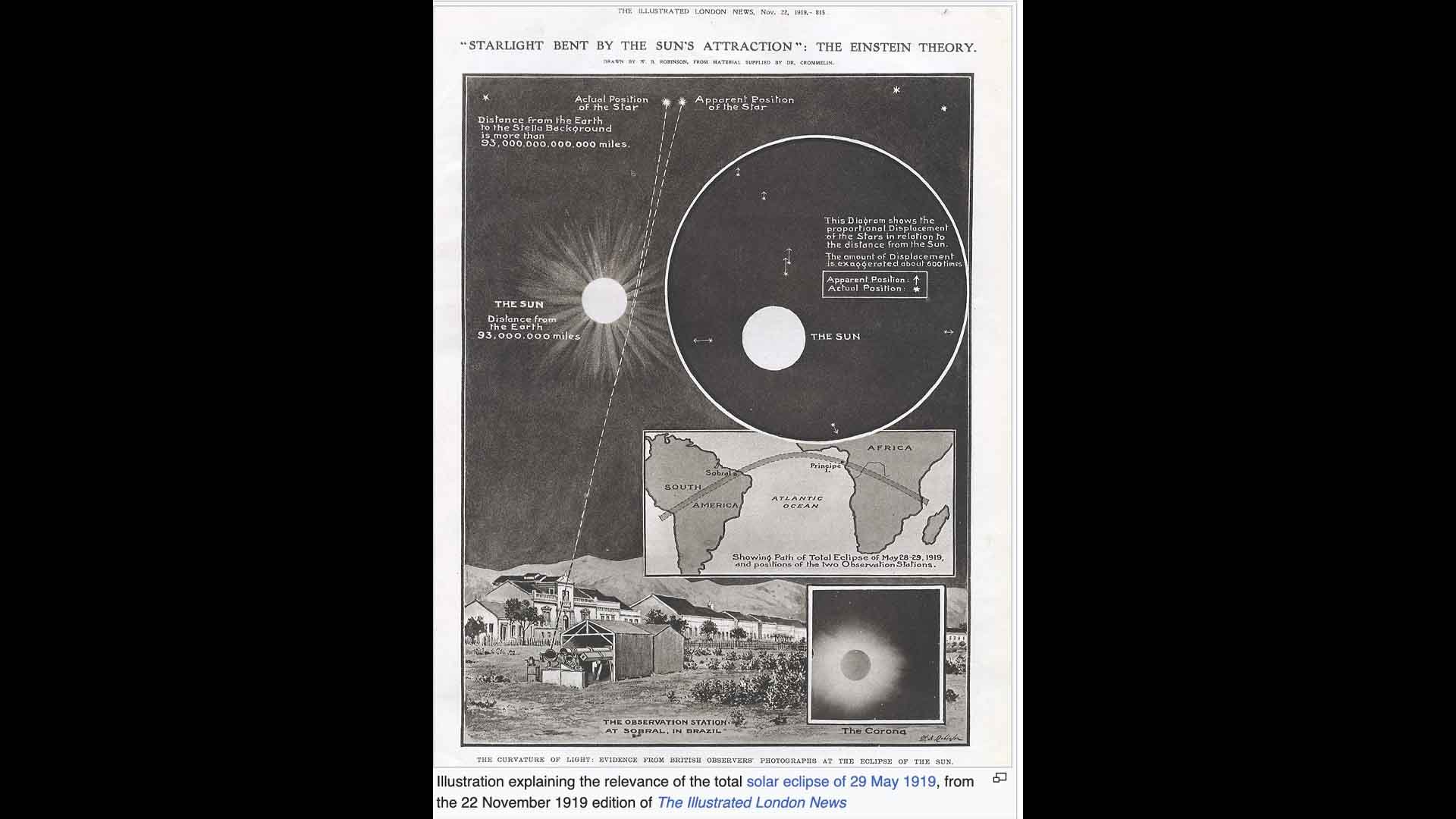For the source text click/tap here: Bava Metzia 28
To download, click/tap here: PDF
The first Mishna on our daf asks: how long must the finder persist in announcing his find? Rabbi Meir rules that he must be sure to inform the local residents in the area where the object was found. According to Rabbi Yehuda the finder must announce it at the Temple in Jerusalem over a period of three pilgrimage festivals (regalim) and then give people time to return to their homes to see if the object that was described was theirs and that it was missing.
Clearly this Mishna describes a situation when the Temple was standing and there was an opportunity to announce information to the entire Jewish community. The baraitot describe that during different historical periods, announcements were made according to the needs of the times:
Rabbi Yehuda says: "He is obligated to proclaim his find for three pilgrimage Festivals and for seven days after the last of the three pilgrimage Festivals, so that its owner will go to his home, a trip lasting up to three days, will ascertain that he in fact lost the item, and will return to Jerusalem, a trip lasting up to three days, and proclaim his loss for one day.”
From another Gemoroh (Taanit 10a) apparently, it takes fifteen days for those who came for the pilgrimage Festivals to return home, not three days.
Rav Yosef says: This is not difficult. Here, in the mishna in tractate Ta’anit, Rabban Gamliel’s statement is referring to the duration of the journey during the First Temple period, which took fifteen days; whereas there, Rabbi Yehuda’s statement is referring to the duration of the journey during the Second Temple period, which took three days.
We explore the differences in talmudic thought between the first and second temples.




















